The Positional Pawn Sacrifice
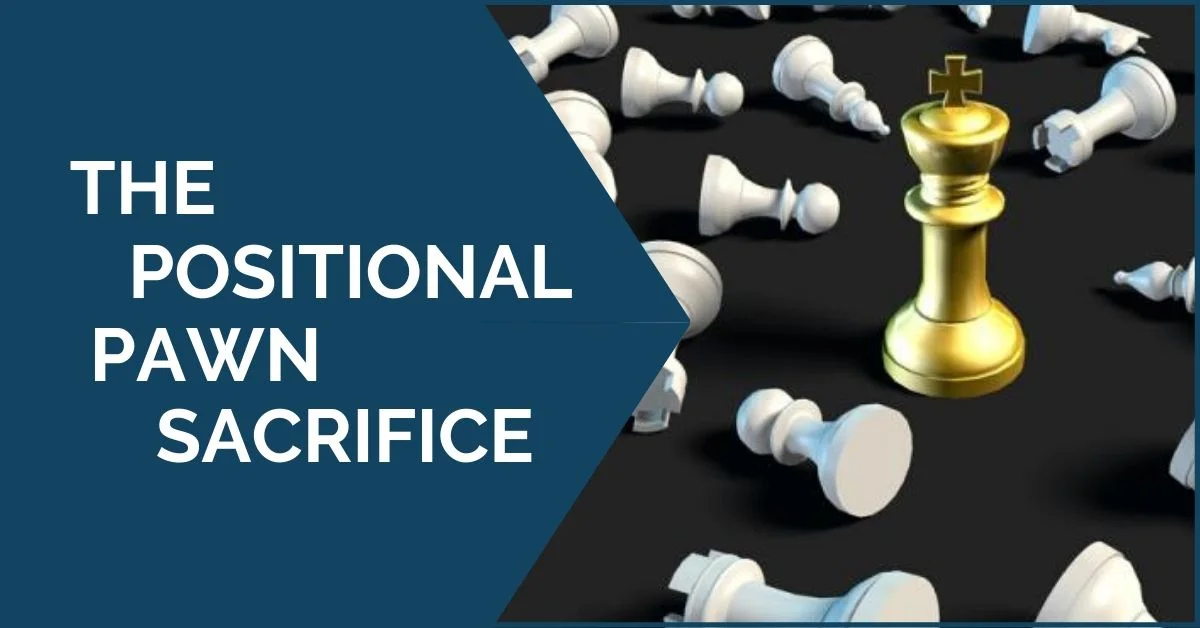
Sacrifices are usually known as the main tactical mean of getting an immediate advantage. The concept is clear – you momentarily sacrifice material in order to get bigger gains or deliver mate a few moves later. Except for the intuitive sacrifices that usually give great initiative and a strong attack, sacrifices can usually be calculated almost until the end. That means, you know exactly what you get in return; it is something “tangible”. However, sacrifices are not always used for tactical means, but also for positional purposes.
In the case of a positional sacrifice, the result is no longer “tangible” – you can assess that it will give you back some long term pressure and perhaps some weaknesses to play against, but you cannot actually calculate everything until the end. In this case, you might not even get the sacrificed material back and you’ll probably play with a material imbalance for a long time.
You will, however, get something in return and that is the initiative. Petrosian, for example, was a big fan of these ideas and he used the positional exchange sacrifice in order to get the upper hand in many of his games. Sometimes he managed to win them, sometimes not. But one thing is certain – he got to be in the driver’s seat in most of the cases.
A pawn is a small price to pay in return for a favorable position where the opponent will have to defend all the time. There are many situations when this positional resource can be used and the compensation you get in return could come in many forms.
For example:
- A better pawn structure. By sacrificing a pawn, the opponent’s structure can be compromised and this could give you clear targets of attack in the future;
- Better pieces. A pawn sacrifice can be used to block the center, a file or a diagonal, hence restricting the opponent’s pieces. The idea, in this case, is that he won’t be able to easily untie himself by advancing or even giving back the extra pawn;
- Stable central squares. One strong idea behind a positional pawn sacrifice is to get good squares for your pieces. The square that was occupied by the pawn will now be available for your own pieces and the opponent won’t be able to easily chase them away.
To illustrate better these ideas, let’s take a look at following recent game played between GM Aleksandra Goryachkina and women’s World Champion Wenjun Ju in the FIDE Grand Prix:
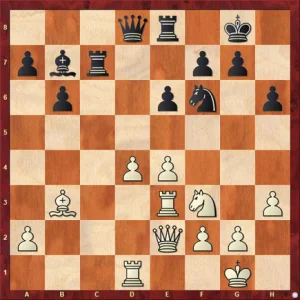
Goryachkina, A – Ju, W, FIDE GP Lausanne, 2020 White to play
As usual, white keeps a small plus in this type of position. White could continue in a normal way, with a move like 19.Ne5, for example, but there is another strong idea available here.
Goryachkina continued with 19.d5! sacrificing this pawn in order to be able to build more pressure on black’s position. The idea is to answer black’s capture 19…exd5 with 20.e5! with long-term compensation. The first thing to notice is that after the arrival of the black pawn on d5 black’s light-squared bishop is no longer a strong, active piece.
Secondly, white gets a nice square to maneuver her pieces around – the d4 square. This can later be used by the knight or even the rook, as it happened in the game.
Besides all this, the black knight can’t really find its place on the board anymore – it has no good central outposts and it has to go to a worse position. After 20…Nh5 white continued with 21.Rd4 and the rook is now headed to the kingside:
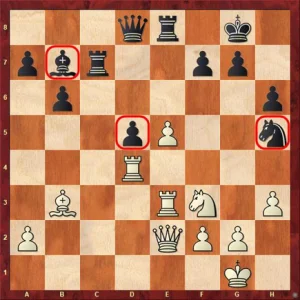
Position after 21.Rd4
Moreover, the immediate threat is 22.g4, winning the knight, so black had to weaken some more by playing 21…g6, which allows additional ideas of e5-e6 in the future. Black is, of course, not lost, but she has to defend precisely, which is never pleasant during a game.
See how Aleksandra continued to increase the pressure on black’s position and eventually won the game.



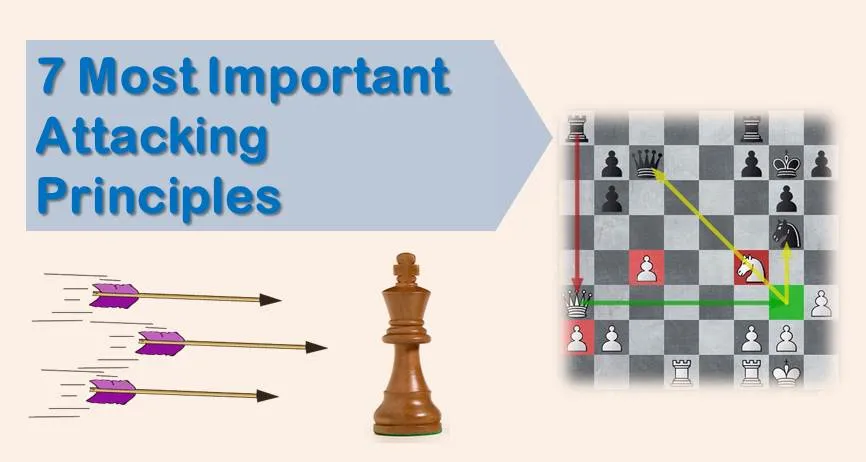
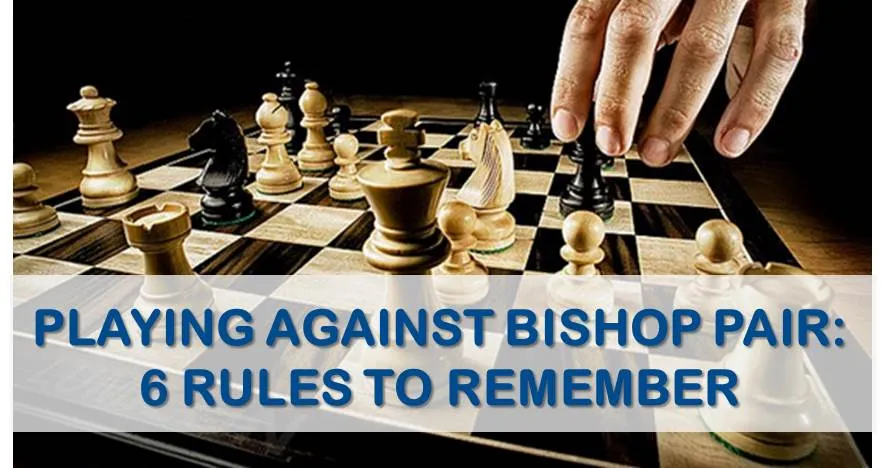
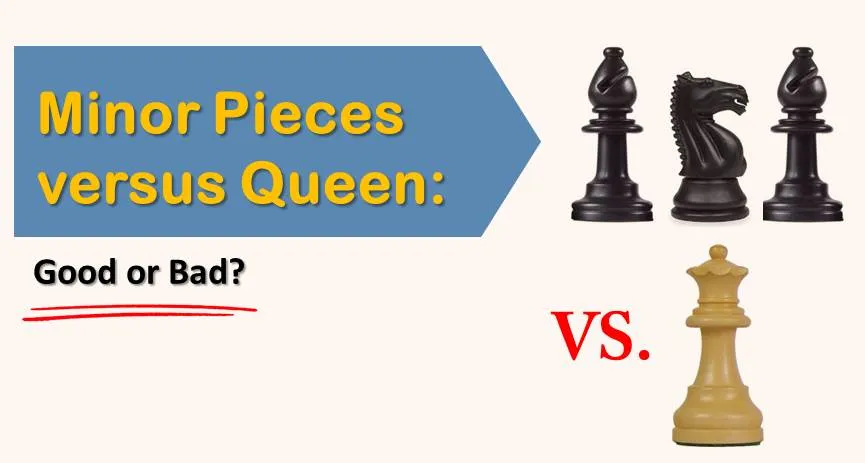




Comments: